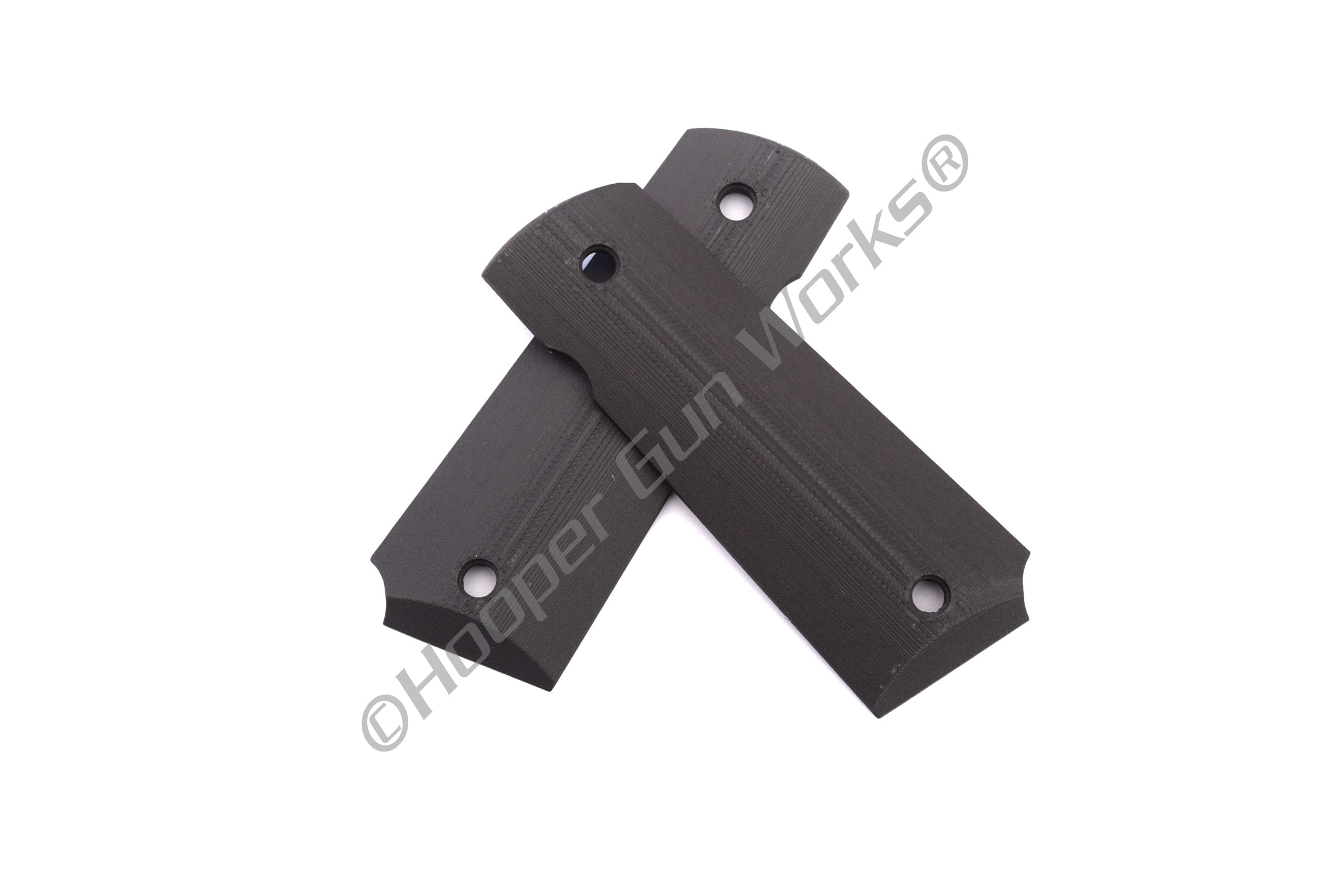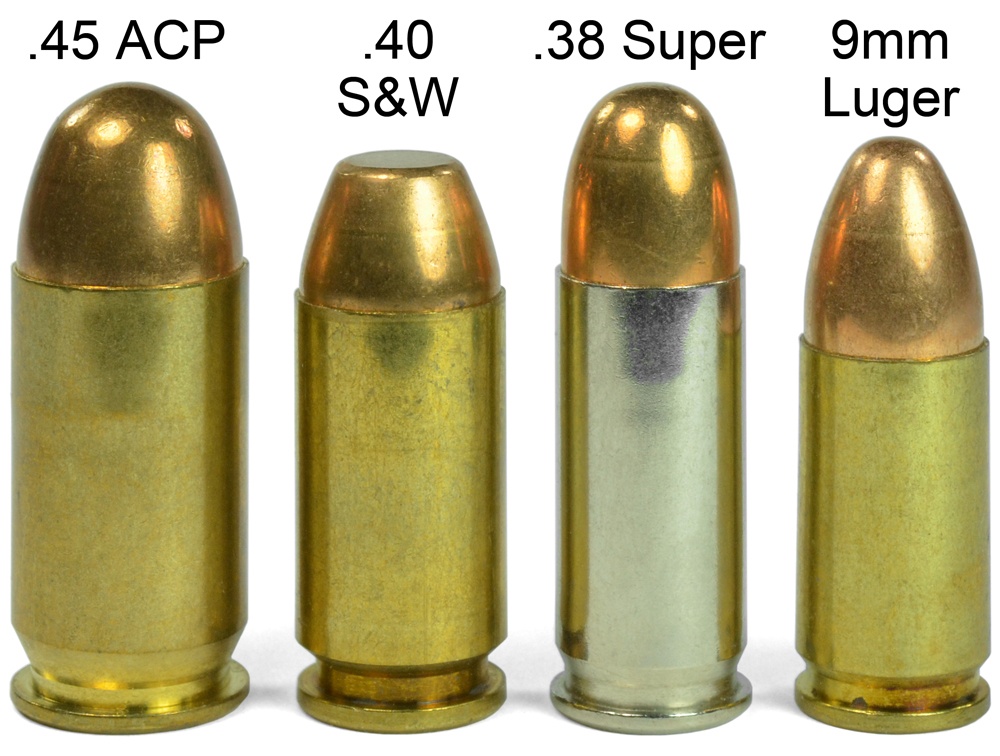
Choosing the best 1911 grips is a matter of personal preference, as it depends on factors such as comfort, aesthetics, material, and functionality. Here are some considerations to help you make an informed decision:
- Material: Grips can be made from various materials, including wood, polymer, rubber, and G10 (a composite material). Each material has its own characteristics. Wood grips offer a classic look and feel, while polymer and rubber grips provide better recoil absorption and a more ergonomic grip. G10 grips are durable and offer excellent texture and grip.
- Texture: Consider the grip texture that suits your shooting style and hand size. Grips can have smooth surfaces, checkering, stippling, or aggressive textures. Determine which texture provides the best grip for your needs and shooting conditions.
- Size and shape: Grips come in different sizes and shapes to accommodate various hand sizes and shooting preferences. Choose a grip size that allows you to comfortably reach and manipulate the controls of the 1911 while providing a secure hold.
- Ergonomics: Consider the ergonomics of the grip. Some grips have finger grooves or palm swells to enhance your grip and control over the firearm. Pay attention to how the grip feels in your hand and whether it aligns with your shooting technique.
- Aesthetics: Grips can significantly impact the overall appearance of your 1911. Choose a style and design that appeals to your taste, whether it’s a traditional wooden look, a tactical design, or a custom pattern.
- Fit: Ensure that the grips you select are compatible with your specific 1911 model. 1911 grips can have slight variations in size and screw hole placement, so double-check the compatibility to avoid any issues.
- Reviews and recommendations: Read reviews from other firearm enthusiasts and consult online forums to gather information about popular grip choices. Consider the experiences and opinions of others to help inform your decision-making process.
Ultimately, the best 1911 grips will be those that provide a comfortable, secure, and ergonomic hold on your firearm while meeting your aesthetic preferences. Take the time to handle different grips and consider your shooting needs to make an informed choice.
Check out 1911 grips at Hooper Gun Works!
Check out 1911 grips on Amazon.
Disclosure: This post contains affiliate links to external websites. If you click through and make a purchase, we may earn a commission at no additional cost to you.

You must be logged in to post a comment.